Home>Gardening & Outdoor>Landscaping Ideas>What Kind Of Grass Seed Is Good For Shade
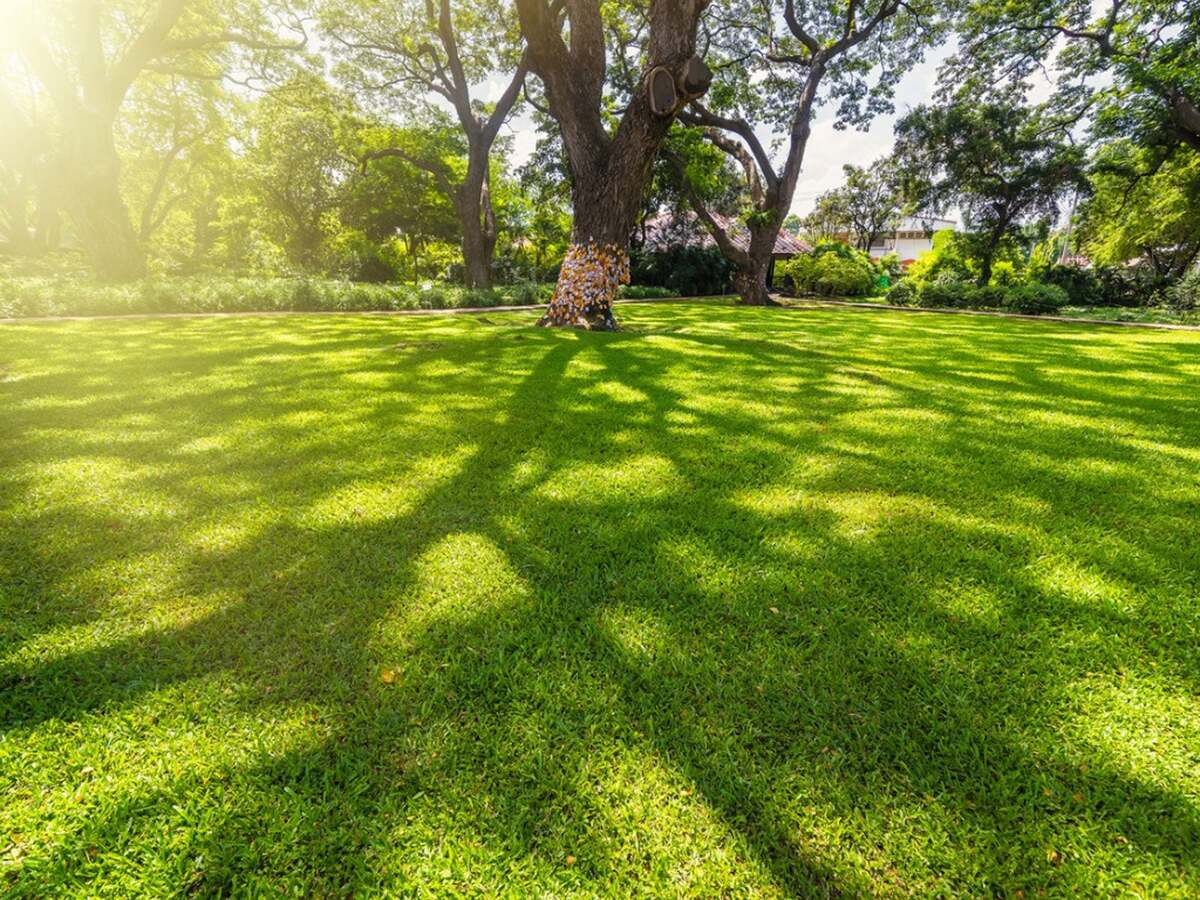

Landscaping Ideas
What Kind Of Grass Seed Is Good For Shade
Modified: March 27, 2024
Find the best grass seed for shaded areas with our expert landscaping ideas. Create a lush, green lawn even in the shadiest spots.
(Many of the links in this article redirect to a specific reviewed product. Your purchase of these products through affiliate links helps to generate commission for Storables.com, at no extra cost. Learn more)
Introduction
Welcome to the world of landscaping, where the beauty of nature meets the creativity of human hands. One of the key elements in creating a lush and vibrant landscape is the choice of grass seed, especially when dealing with shaded areas. Whether you’re a seasoned gardener or a novice enthusiast, understanding the nuances of shade grass and the best seed options available is essential for a thriving lawn.
In this comprehensive guide, we will delve into the realm of shade grass, exploring the factors to consider when selecting grass seed for shaded areas and identifying the best options for achieving a verdant and resilient lawn. By the end of this journey, you will be equipped with the knowledge to make informed decisions and transform shaded spaces into captivating green sanctuaries.
Key Takeaways:
- Choose shade-tolerant grass like Fine Fescue or Creeping Bentgrass for shaded areas. Consider light, soil, and moisture levels for a thriving lawn.
- Understand shade grass and its unique needs to transform shaded spaces into lush, inviting green sanctuaries. Embrace the beauty of resilient, shade-tolerant varieties.
Read more: What Is A Good Shade Grass
Understanding Shade Grass
Shade grass, as the name suggests, refers to grass varieties that are specifically designed to thrive in shaded environments. Shaded areas in a landscape can present unique challenges for traditional grass species, as they often receive limited sunlight and may be more prone to moisture retention and competition from tree roots. As a result, it is crucial to understand the characteristics of shade grass and how it differs from sun-loving varieties.
Grass species suitable for shaded areas are typically characterized by their ability to tolerate low light conditions and adapt to cooler temperatures. These grasses are often categorized as “shade-tolerant” or “shade-resistant,” indicating their capacity to maintain healthy growth despite reduced sunlight exposure. Additionally, shade grass varieties are known for their ability to withstand moderate foot traffic, making them suitable for both residential and commercial landscapes.
When exploring shade grass options, it is important to consider the specific type of shade present in the landscape. Different grass species exhibit varying degrees of tolerance to dappled shade, partial shade, and full shade. Understanding the nuances of these shade conditions can help in selecting the most suitable grass seed for the intended area.
Furthermore, shade grasses are often selected for their lush, fine-textured appearance, which can contribute to the overall aesthetic appeal of a shaded lawn. By embracing the unique qualities of shade grass and its adaptability to less illuminated spaces, landscaping enthusiasts can create inviting outdoor environments that are both visually captivating and functional.
Factors to Consider
When embarking on the journey of selecting the ideal grass seed for shaded areas, several key factors come into play. By carefully considering these elements, you can make an informed decision that aligns with the specific needs of your landscape and ensures the successful establishment of a thriving lawn in shaded environments.
- Light Conditions: Understanding the amount and quality of light that reaches the shaded area is crucial. Assess whether the area experiences dappled shade, partial shade, or full shade, as this will influence the selection of shade-tolerant grass species.
- Soil Type: The composition of the soil, including its drainage capabilities and nutrient content, plays a significant role in the success of grass growth. Conduct a soil analysis to determine the pH levels and overall health of the soil in the shaded area.
- Moisture Levels: Shaded areas may exhibit higher moisture retention, potentially leading to damp conditions. Consider the moisture levels in the shaded area and select grass species that can thrive in such environments without succumbing to waterlogged conditions.
- Tree Root Competition: In many shaded areas, tree roots compete for resources, including water and nutrients. Choose grass species that can coexist with tree roots and withstand the challenges posed by root competition.
- Foot Traffic: Evaluate the expected level of foot traffic in the shaded area. Select grass varieties that are resilient and can withstand moderate foot traffic without compromising their growth and appearance.
- Maintenance Requirements: Consider the maintenance demands of different shade grass species. Some varieties may require specific care routines, while others are more low-maintenance, making them suitable for shaded areas.
By taking these factors into account, you can narrow down the options and identify the most suitable grass seed for shaded areas within your landscape. Each factor contributes to the overall suitability and resilience of the chosen grass species, ensuring that it can thrive in the unique conditions presented by shaded environments.
When choosing grass seed for shade, look for varieties like fine fescue, creeping red fescue, or shade-tolerant bluegrass. These types of grass are better suited for low-light conditions and will thrive in shady areas.
Best Grass Seed for Shade
Choosing the best grass seed for shaded areas involves considering a range of shade-tolerant grass species that exhibit resilience in low light conditions. Several grass varieties have proven to be well-suited for shaded environments, offering the potential to transform dimly lit areas into vibrant, green spaces. Let’s explore some of the top contenders for the title of the best grass seed for shade.
- Fine Fescue: This versatile grass species is renowned for its exceptional shade tolerance, making it an excellent choice for areas with limited sunlight. Fine fescue varieties, including creeping red fescue and chewings fescue, thrive in cooler, shaded environments, adding a touch of elegance to shaded lawns.
- Creeping Bentgrass: Known for its fine texture and ability to thrive in shaded conditions, creeping bentgrass is a popular choice for shaded lawns and golf course roughs. It exhibits excellent tolerance to mowing and can create a dense, lush carpet in shaded areas.
- Zoysia Grass: While zoysia grass is celebrated for its sun-loving qualities, certain cultivars, such as “Zeon” and “Palisades,” demonstrate notable shade tolerance. These varieties can adapt to partial shade and exhibit resilience in challenging light conditions.
- St. Augustine Grass: With its broad, coarse blades and impressive shade tolerance, St. Augustine grass offers a viable option for shaded landscapes in warm climates. It can thrive in moderate shade and is well-suited for regions with mild winters.
- Tall Fescue: Recognized for its adaptability to various light conditions, tall fescue is a popular choice for shaded lawns. Its deep roots and robust nature enable it to withstand shade, making it a reliable option for shaded areas with moderate foot traffic.
When selecting the best grass seed for shade, it is essential to consider the specific requirements and characteristics of the shaded area. Factors such as the level of shade, soil composition, and regional climate can influence the optimal choice of grass seed. By understanding the unique attributes of each grass species and their compatibility with shaded environments, you can make an informed decision that aligns with the needs of your landscape.
Ultimately, the best grass seed for shade is one that not only thrives in low light conditions but also enhances the overall appeal of shaded areas, contributing to the creation of a lush and inviting outdoor space.
Conclusion
As we conclude our exploration of grass seed options for shaded areas, it becomes evident that the world of shade grass is rich with possibilities. By understanding the unique requirements of shaded environments and the characteristics of shade-tolerant grass species, landscaping enthusiasts can embark on a journey to transform shaded spaces into thriving green oases.
When venturing into the realm of shade grass, it is crucial to consider the specific conditions of the shaded area, including the level of sunlight, soil composition, moisture levels, and foot traffic. By evaluating these factors, you can narrow down the options and identify the most suitable grass seed for the intended space, ensuring the successful establishment of a resilient and lush lawn in shaded environments.
Furthermore, the best grass seed for shade is one that not only exhibits exceptional shade tolerance but also contributes to the visual allure of the landscape. Whether it’s the fine texture of fine fescue, the resilience of tall fescue, or the adaptability of zoysia grass, each shade-tolerant variety brings its own unique charm to shaded lawns, enhancing the overall aesthetic appeal of outdoor spaces.
As you embark on your landscaping journey, armed with the knowledge of shade grass and the best seed options available, remember that the transformation of shaded areas into verdant retreats is a testament to the harmonious coexistence of nature and human ingenuity. Through thoughtful selection and nurturing, shaded landscapes can flourish, offering captivating green havens that beckon both the eye and the soul.
With the right grass seed and a touch of creativity, shaded areas can be elevated into enchanting pockets of greenery, enriching the landscape and inviting moments of tranquility and natural splendor. Embrace the potential of shade grass, and let the beauty of resilient, shade-tolerant varieties breathe new life into your outdoor sanctuary.
Frequently Asked Questions about What Kind Of Grass Seed Is Good For Shade
Was this page helpful?
At Storables.com, we guarantee accurate and reliable information. Our content, validated by Expert Board Contributors, is crafted following stringent Editorial Policies. We're committed to providing you with well-researched, expert-backed insights for all your informational needs.
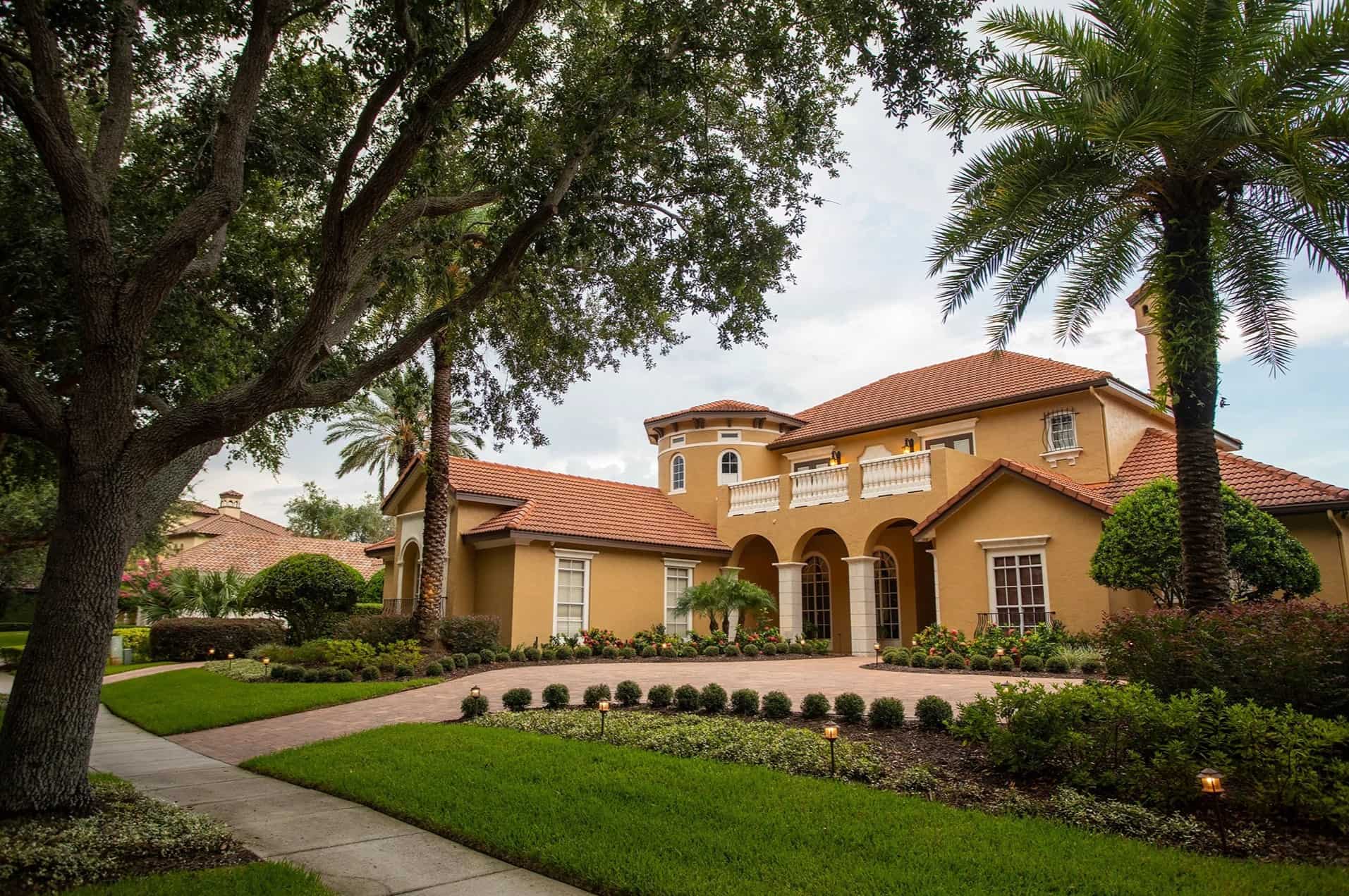
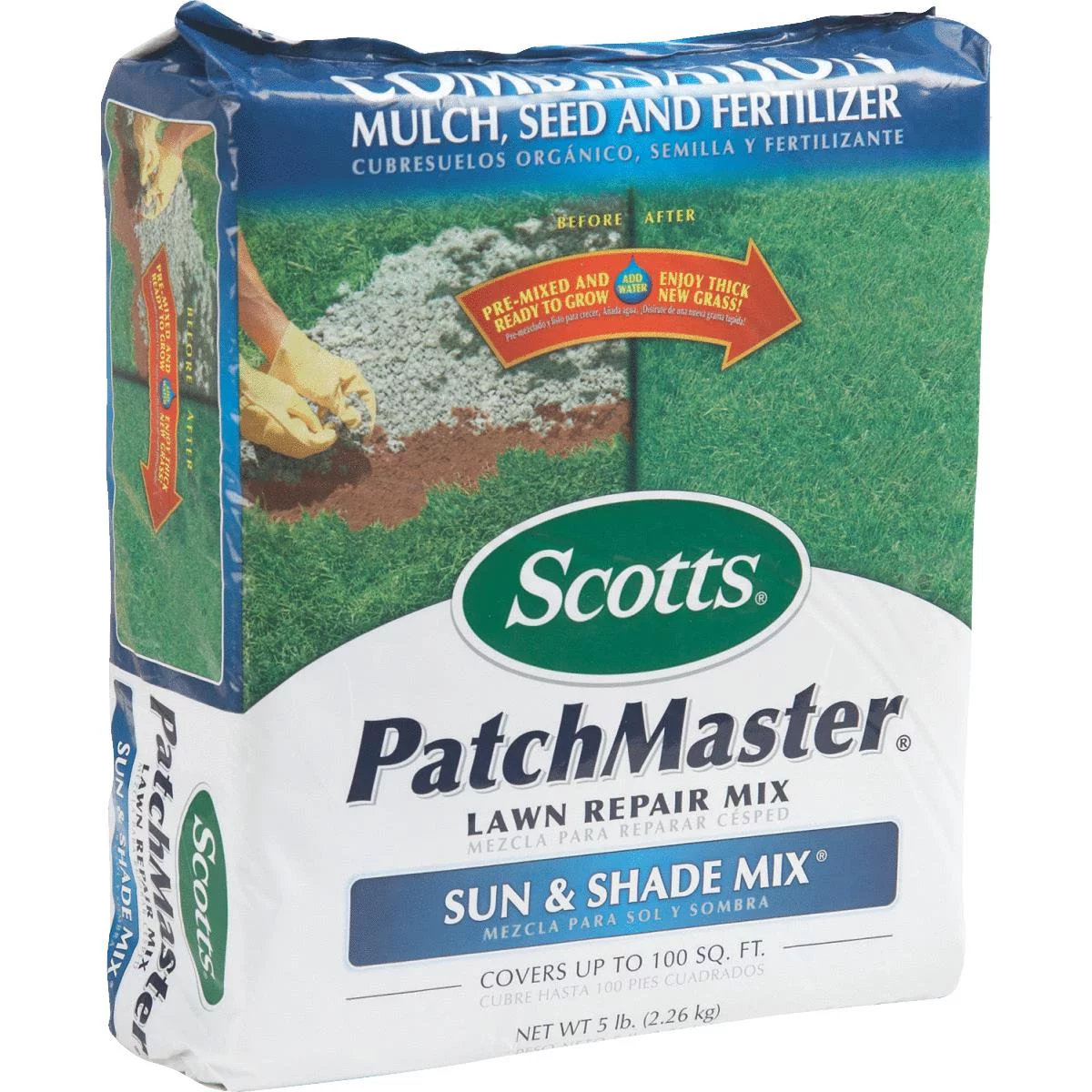
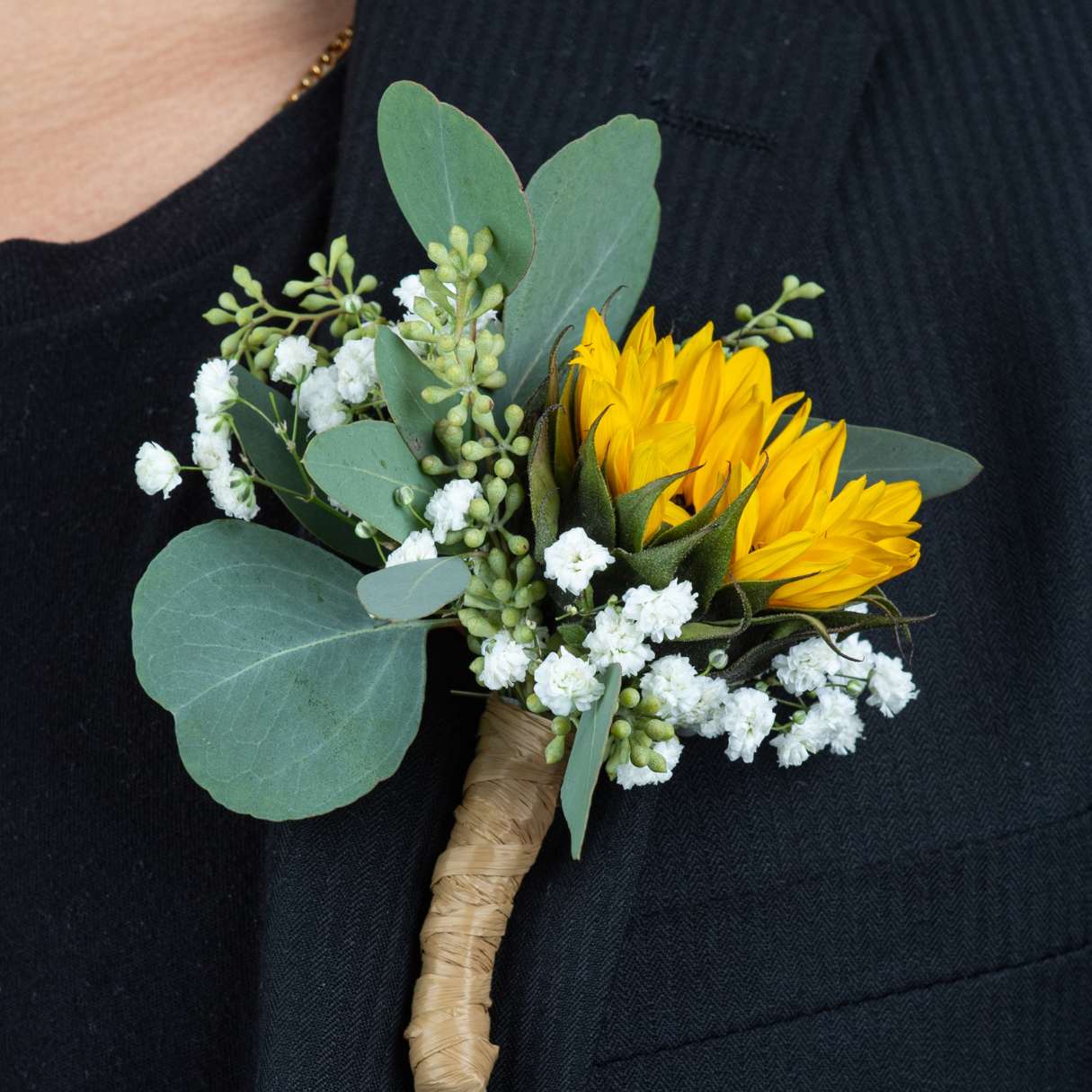
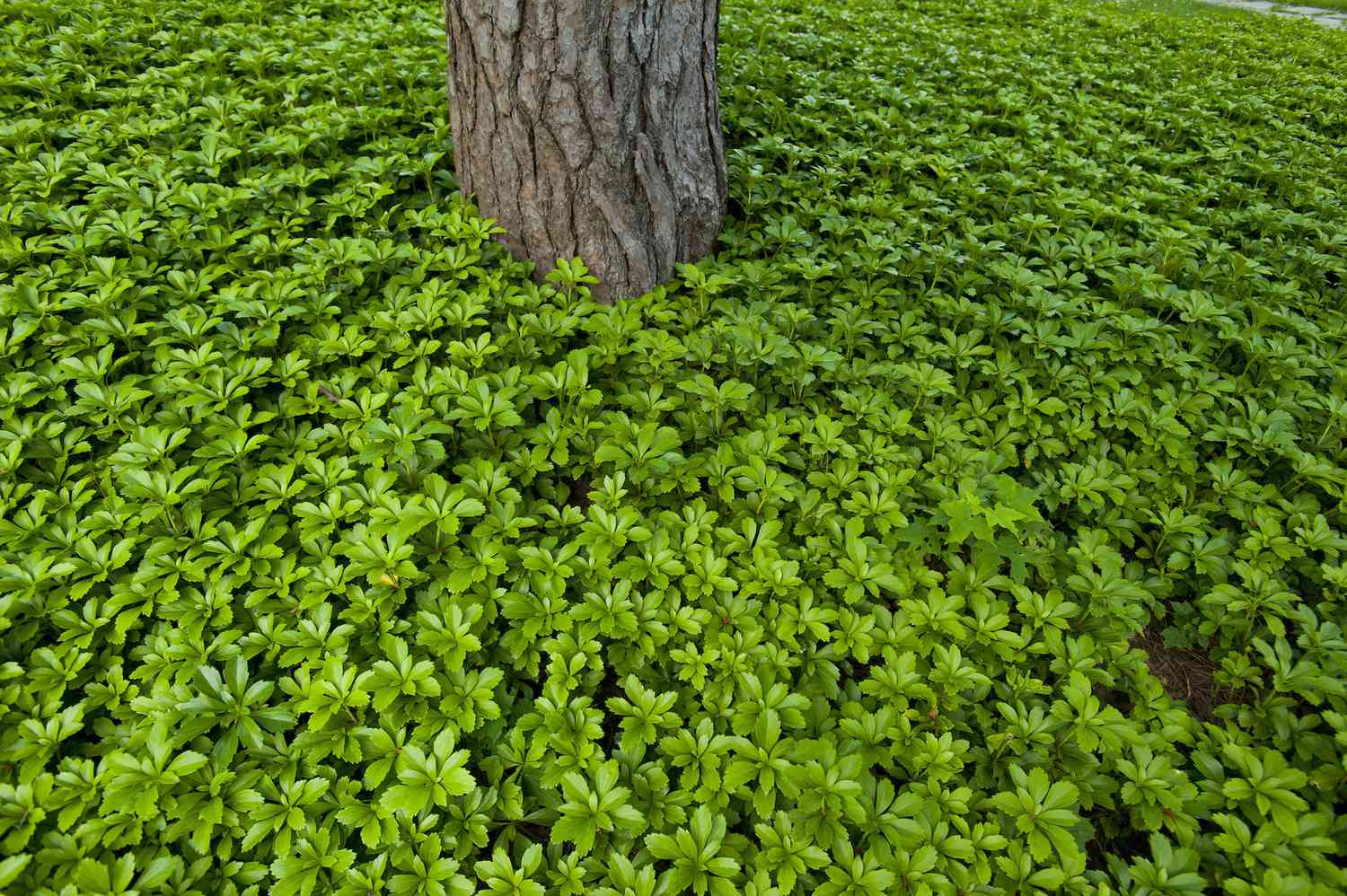
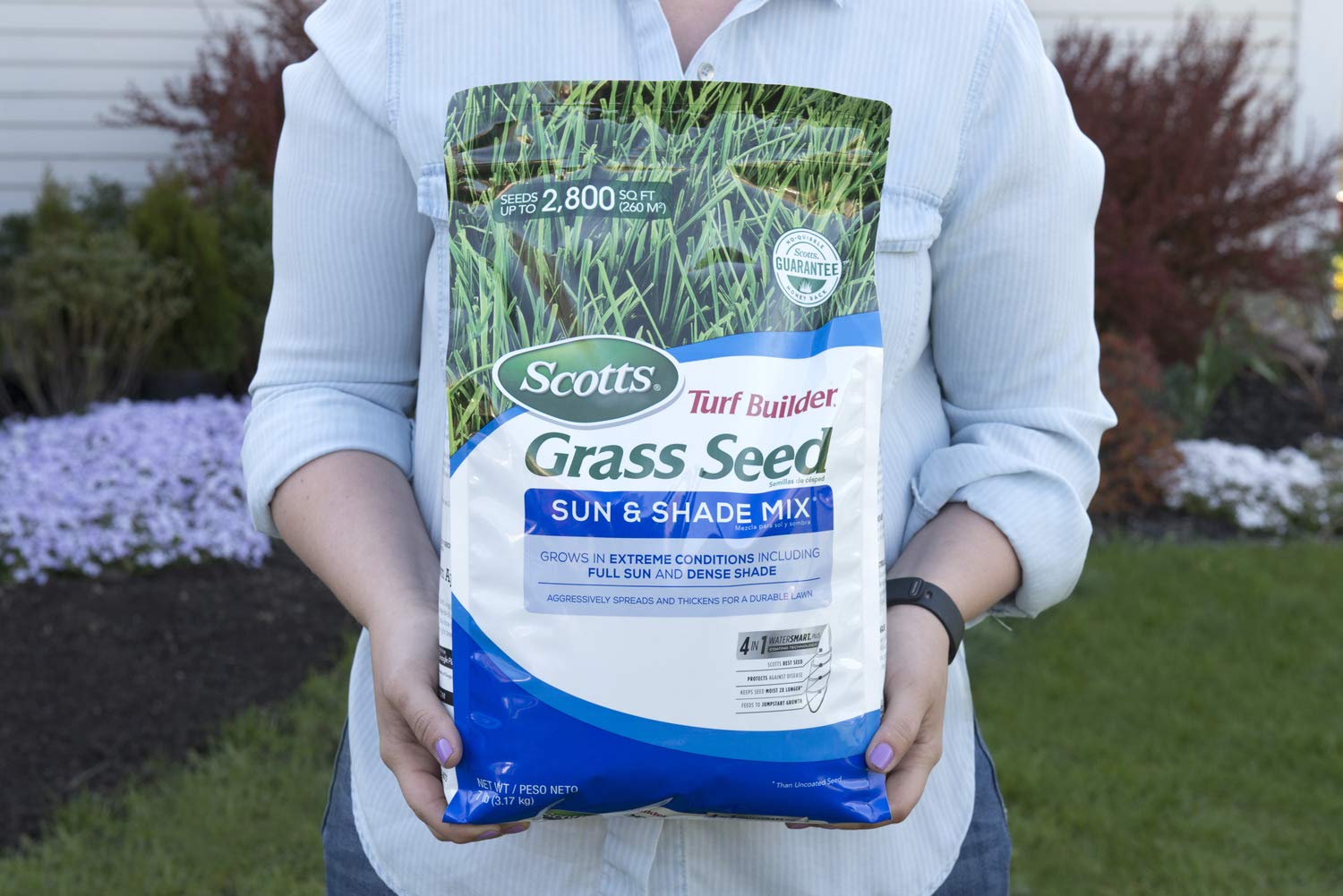
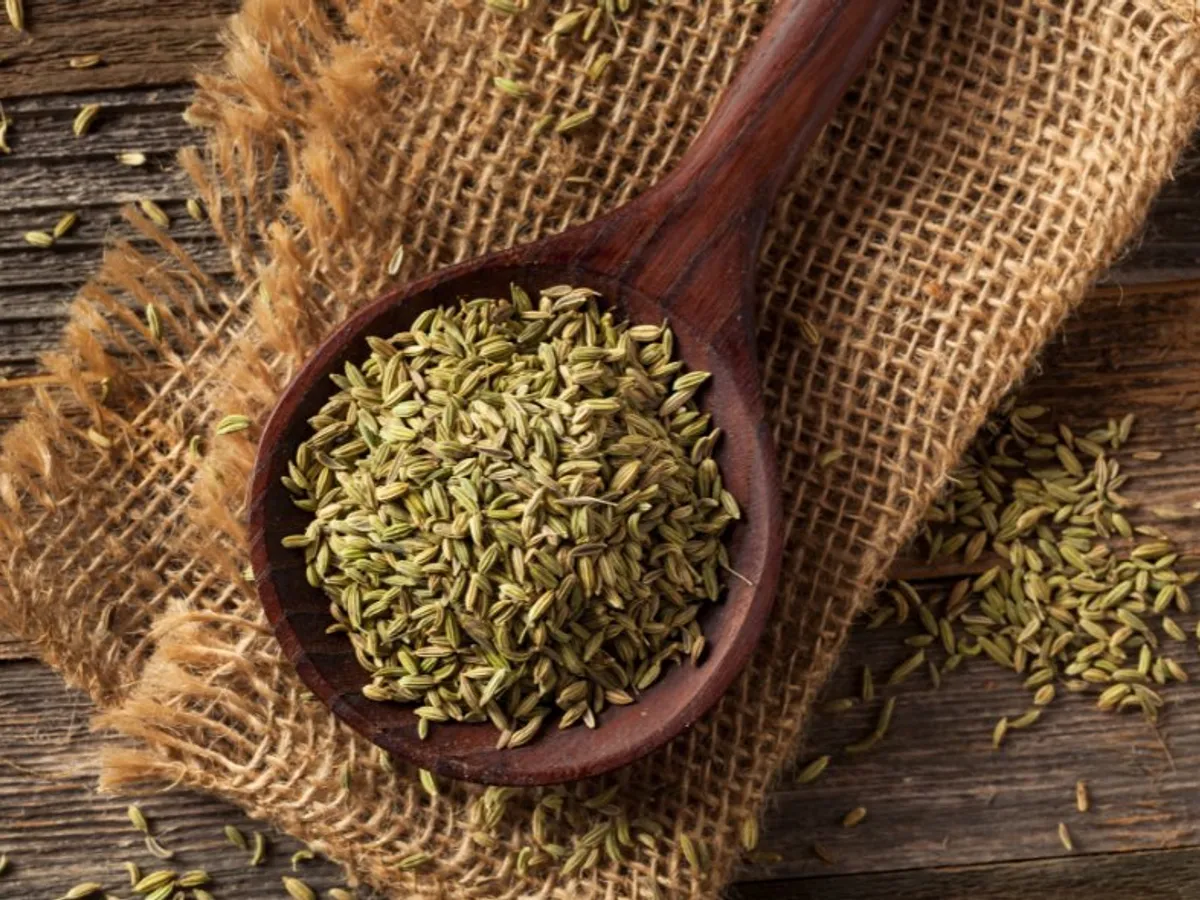
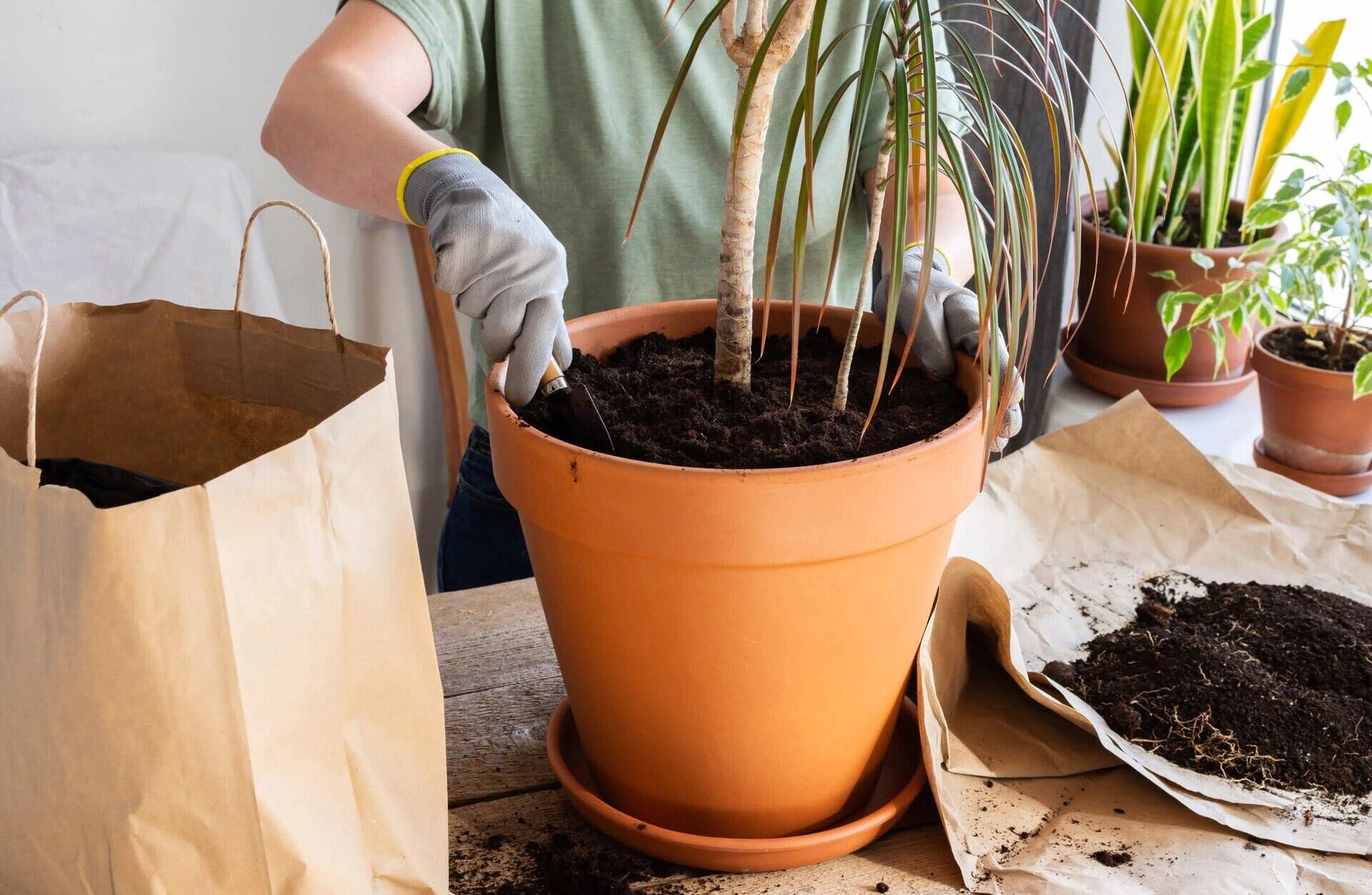
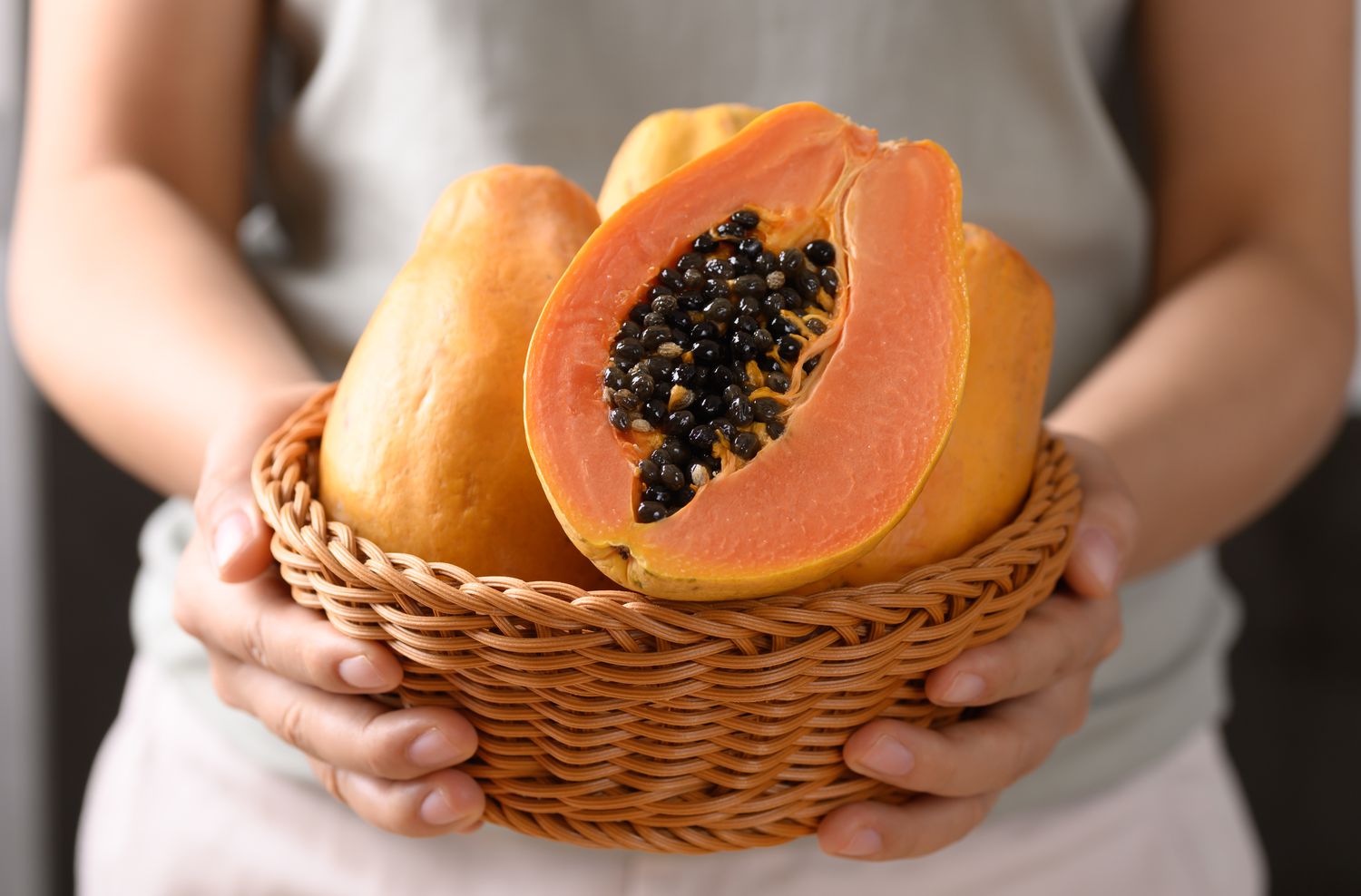
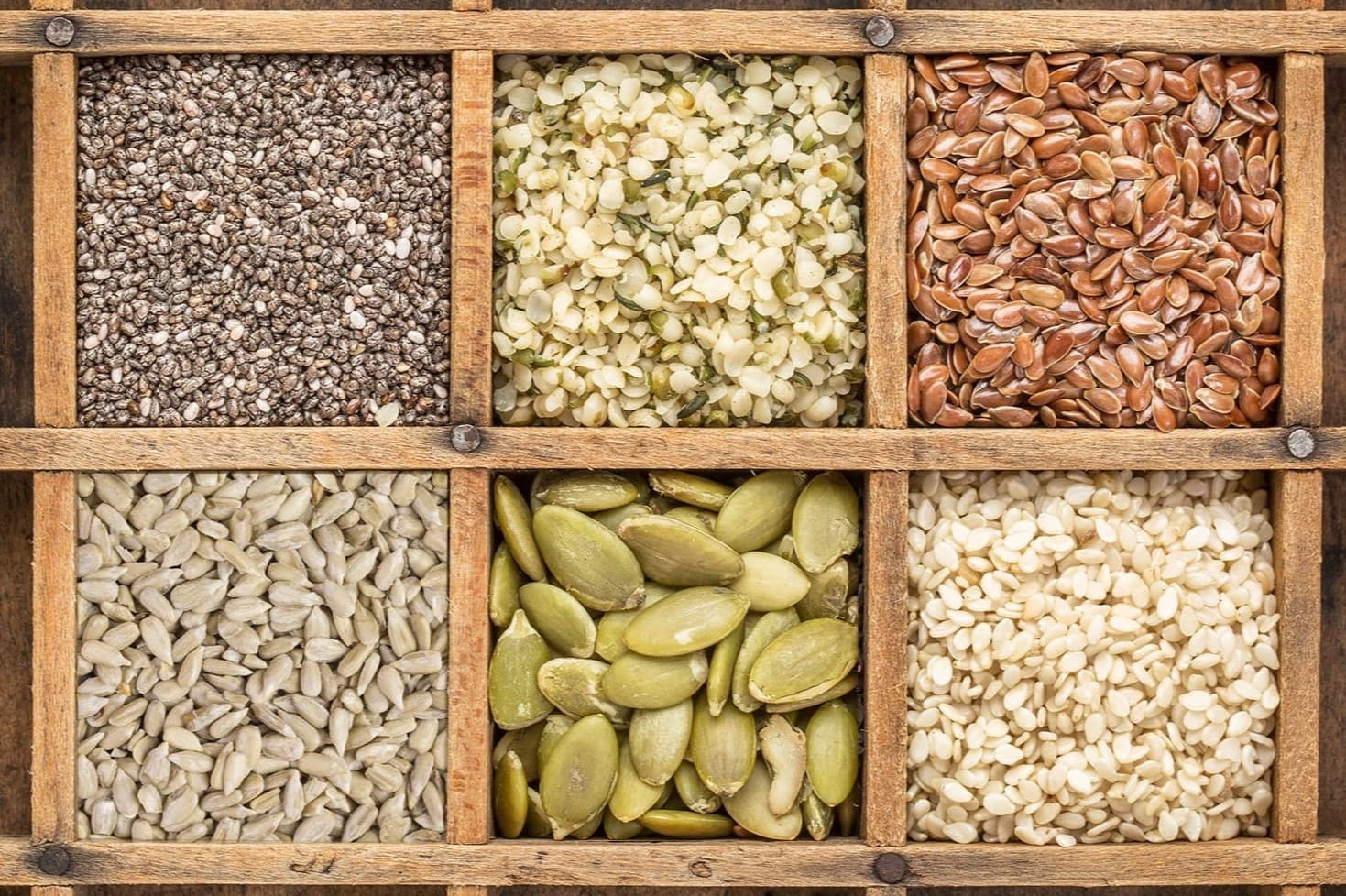
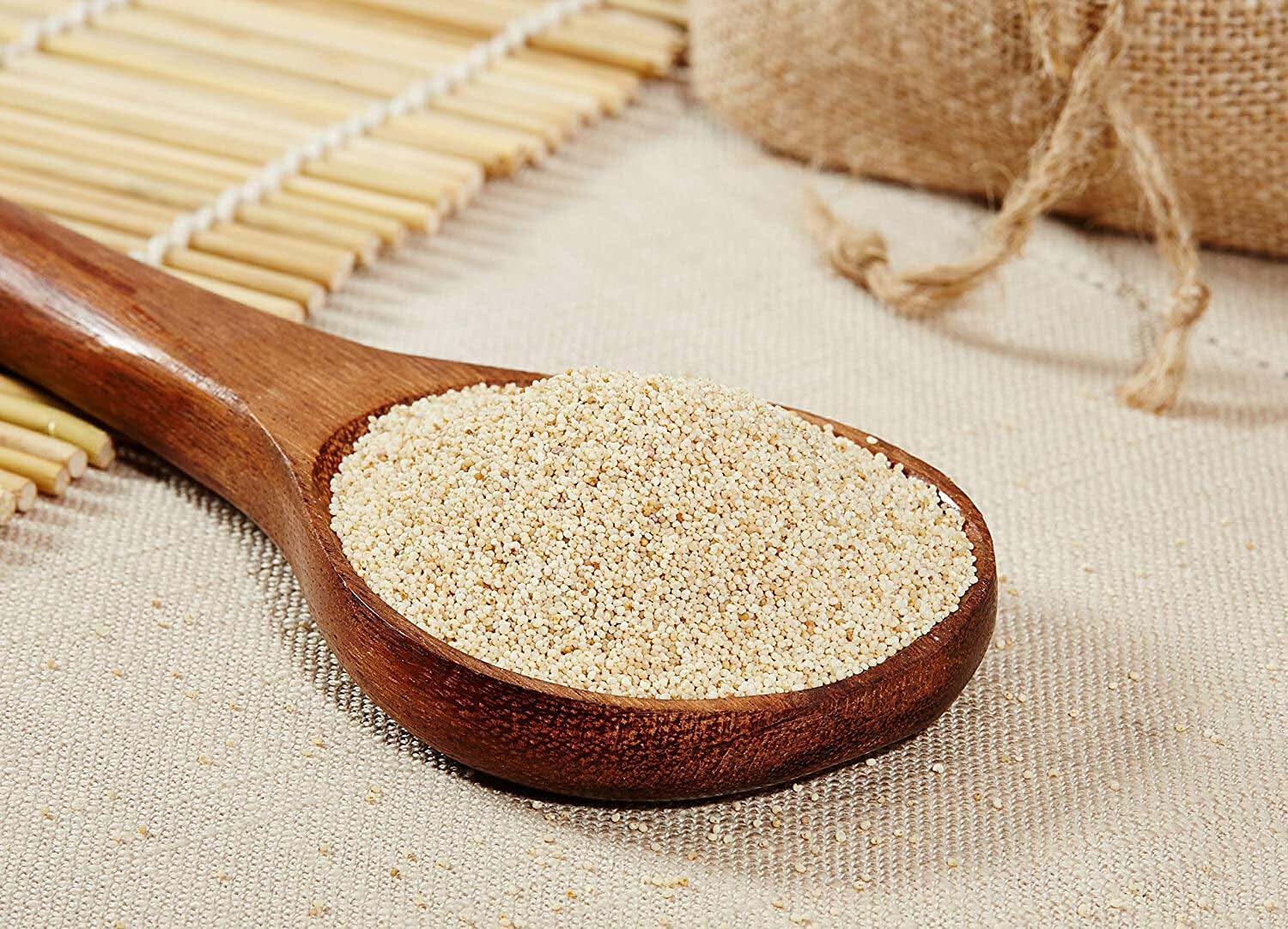
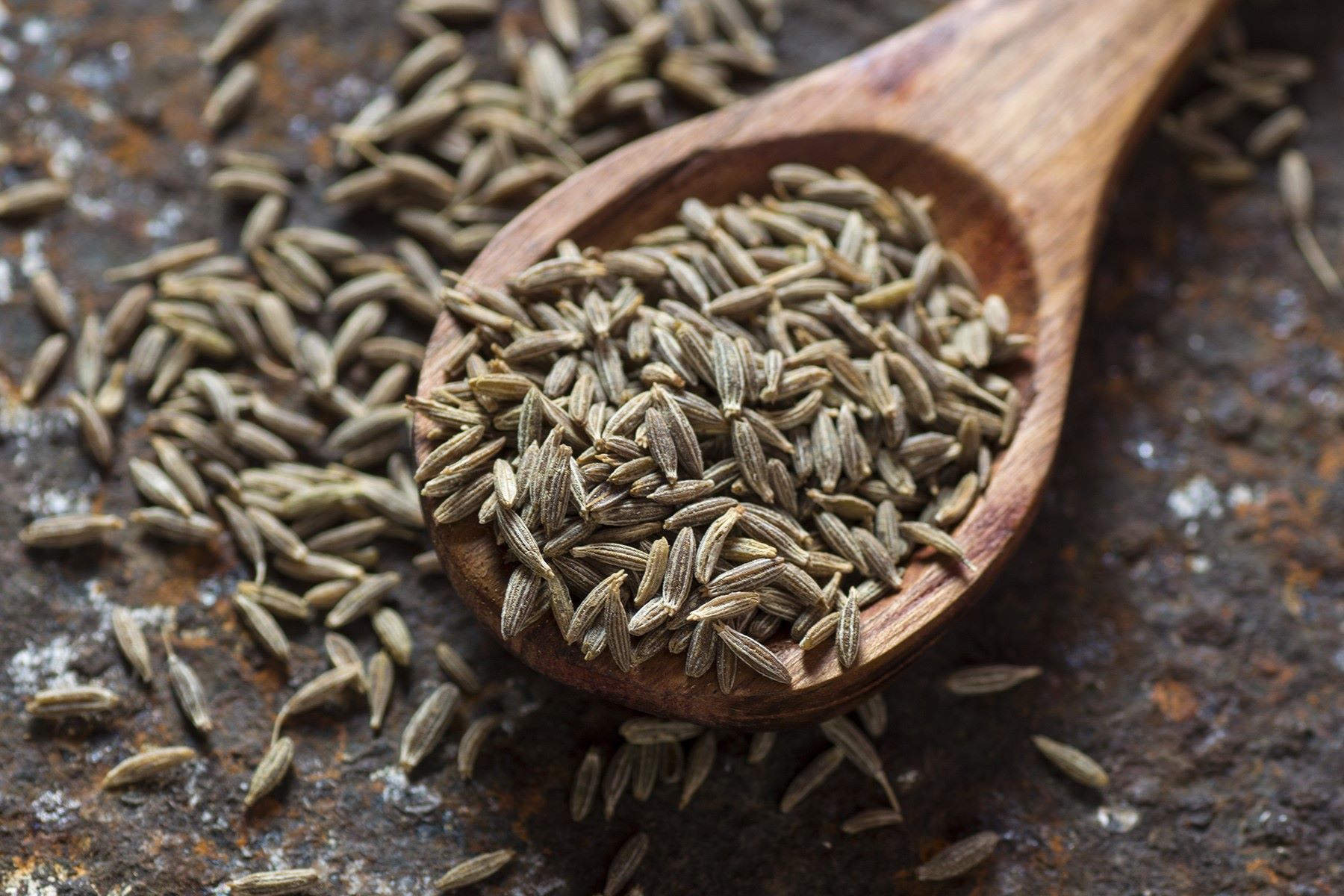
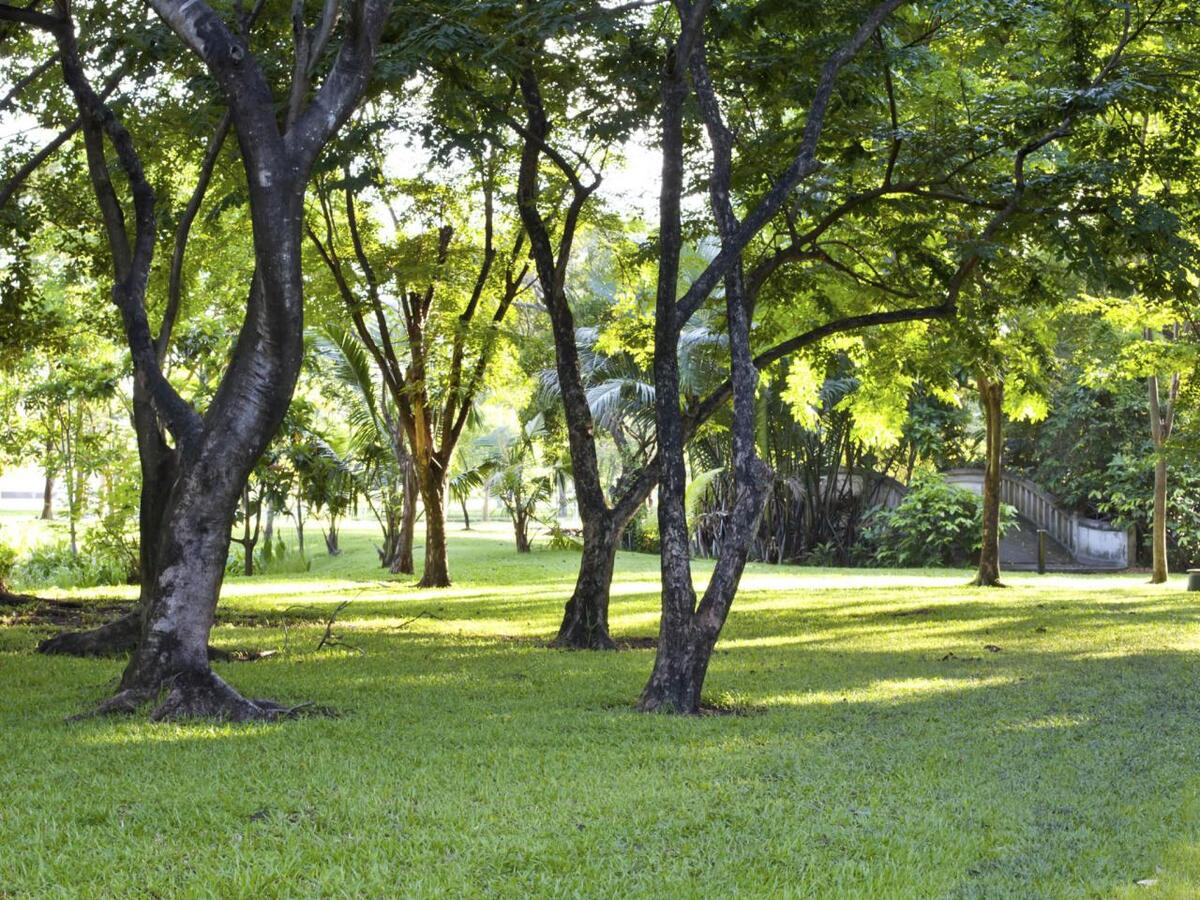
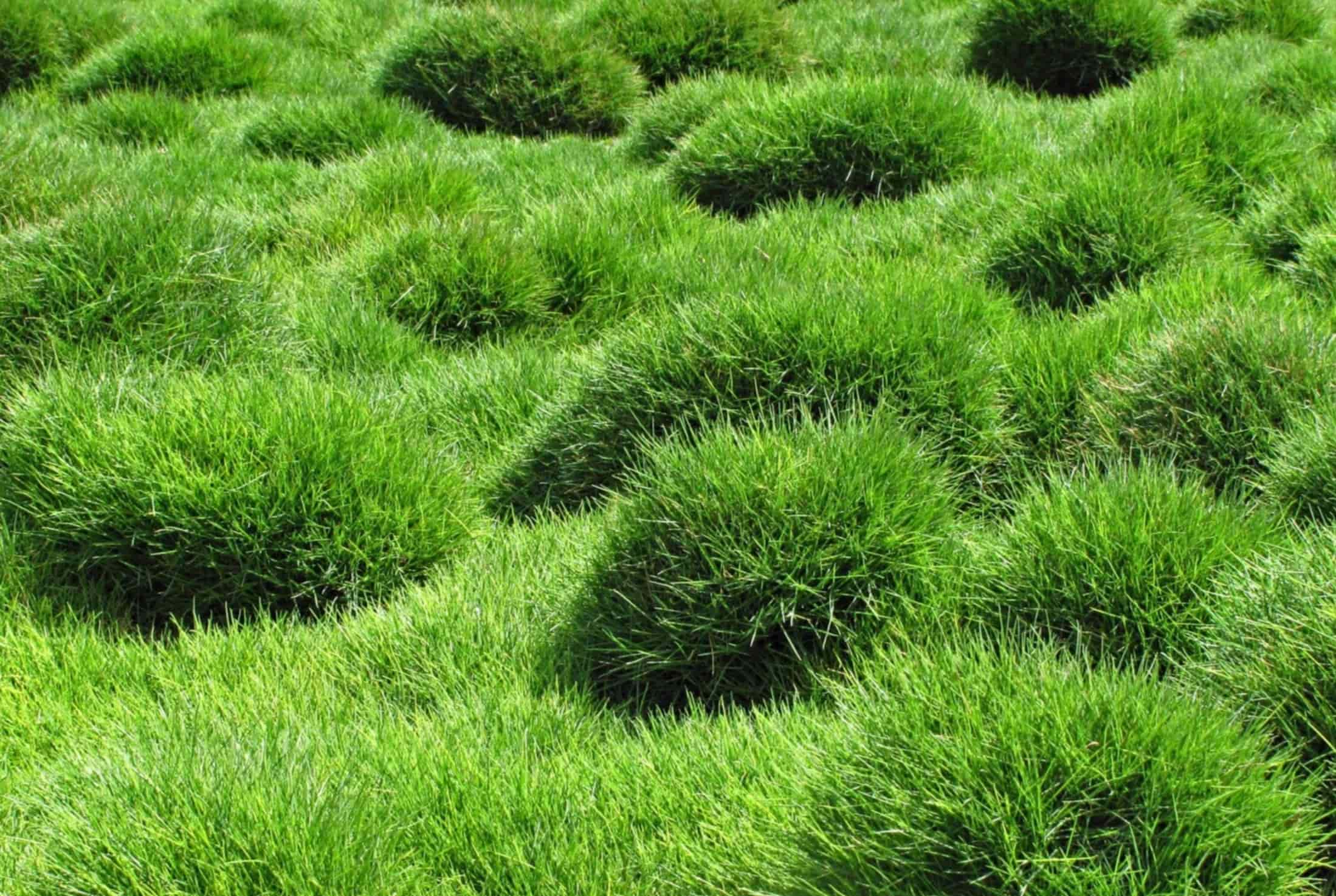
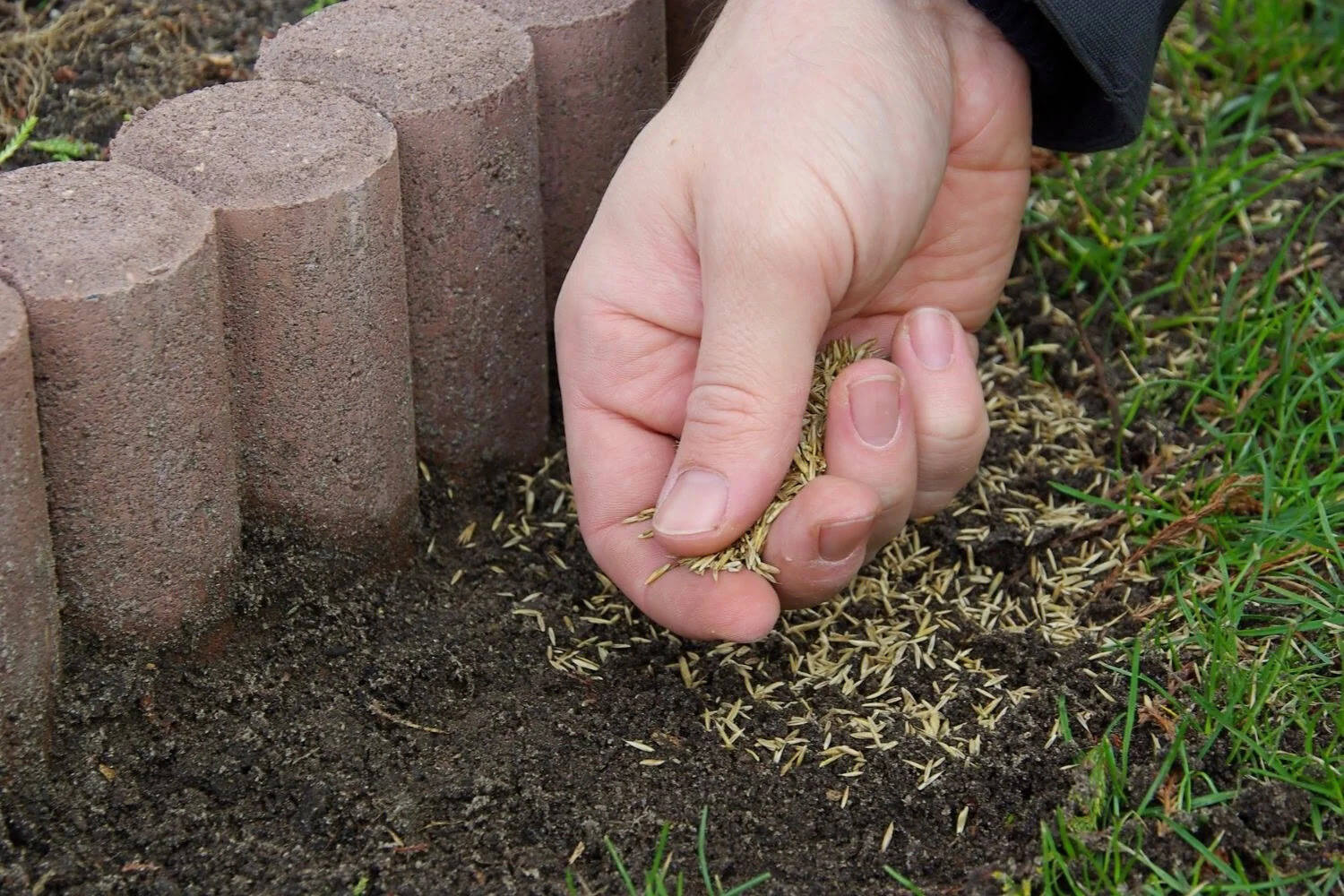
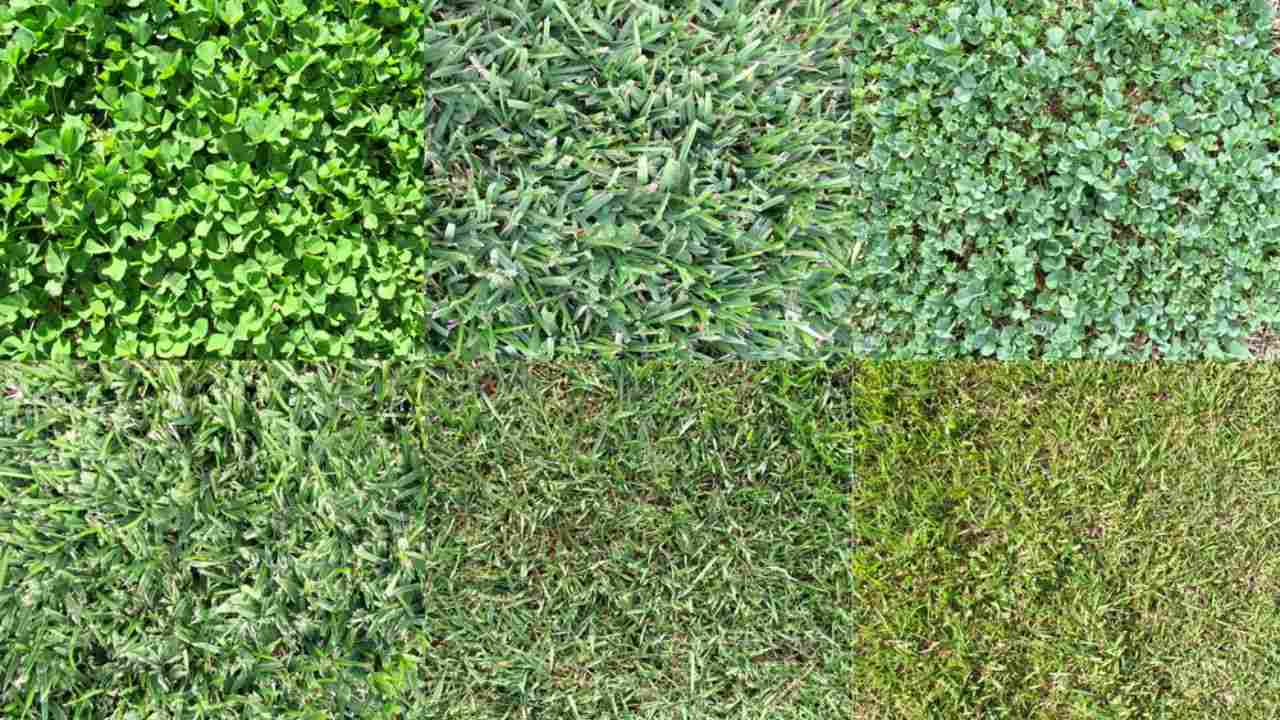

0 thoughts on “What Kind Of Grass Seed Is Good For Shade”